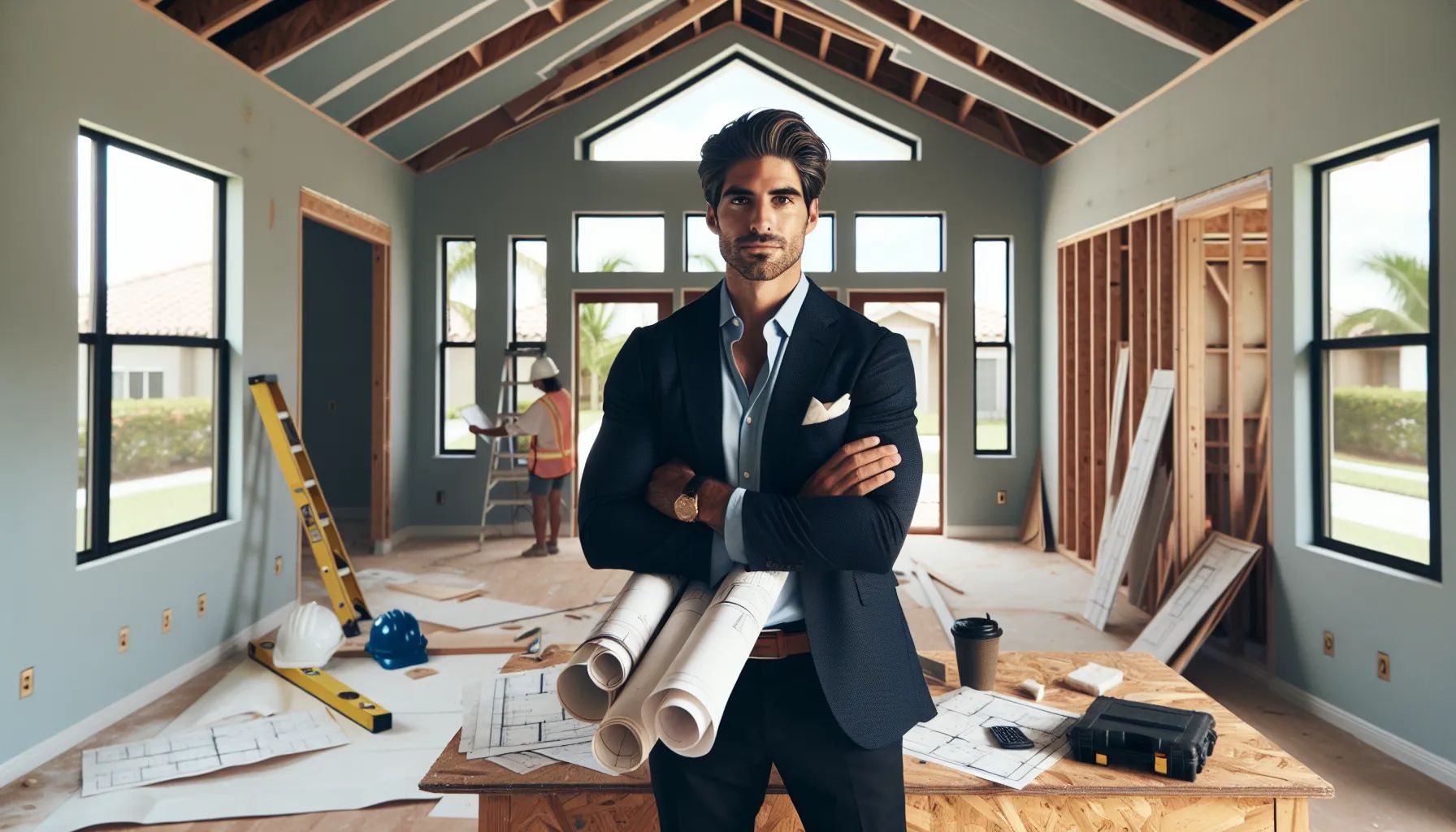Low Slope Commercial Roofing: A Complete Guide for Building Owners
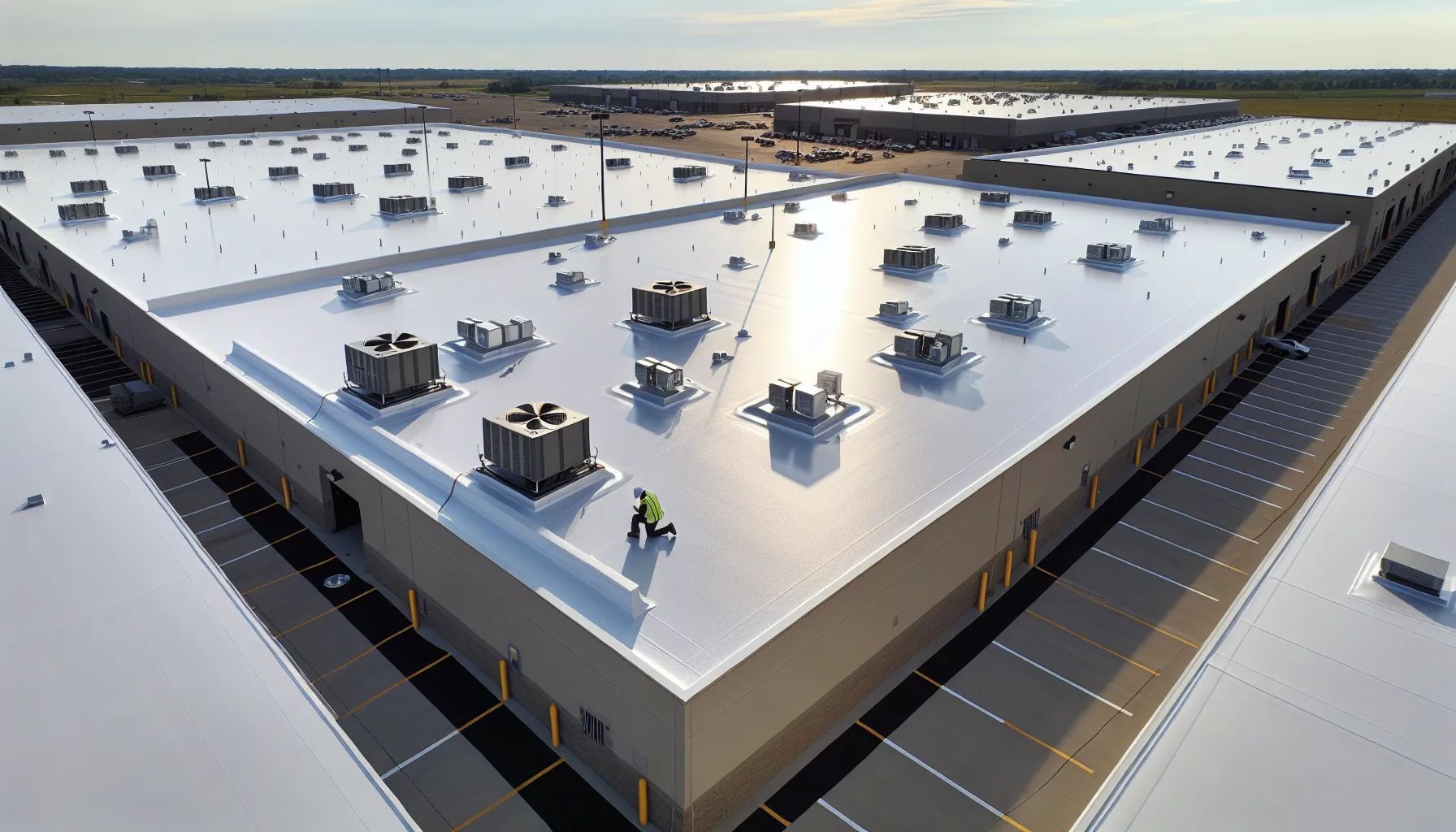
Low slope commercial roofing has become the go-to solution for countless commercial properties across the country, but what makes these systems so popular? We've spent years working with building owners who need reliable, efficient roofing solutions that won't expensive. Whether you're constructing a new facility or replacing an aging roof, understanding the ins and outs of low slope systems can save you thousands of dollars while delivering performance that lasts decades. In this guide, we'll walk you through everything from material selection to maintenance strategies, helping you make informed decisions that protect your investment and keep your building running smoothly.
What Is Low Slope Commercial Roofing?
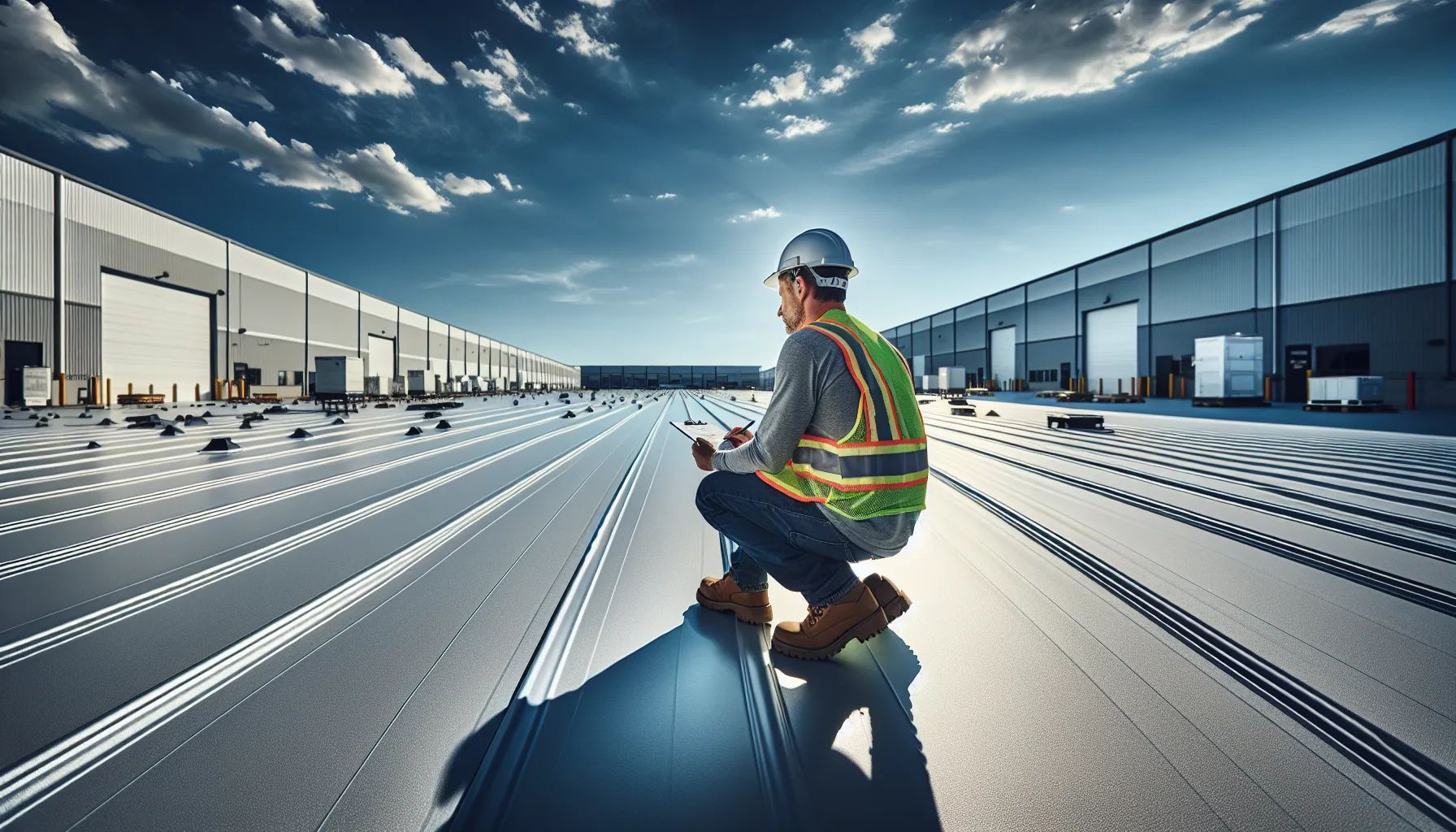
Low slope commercial roofing refers to roofing systems with a pitch of less than 3:12. This means the roof rises less than three inches for every twelve inches of horizontal distance. Some people mistakenly call these "flat roofs," but they're not actually flat, they have just enough slope to allow water drainage.
We see these roofs on warehouses, retail stores, office buildings, and manufacturing facilities. The design offers efficient coverage over large areas without the structural complications of steeper pitches. Most commercial buildings use low slope roofing because it maximizes usable interior space and provides a sleek, modern appearance.
The pitch is measured using a simple ratio. A roof with a 2:12 pitch rises two inches vertically for every foot of horizontal run. Anything below 3:12 falls into the low slope category, while roofs with steeper angles require different materials and installation techniques. Understanding this distinction helps you communicate clearly with contractors and select appropriate roofing materials for your project.
Benefits of Low Slope Roofing Systems
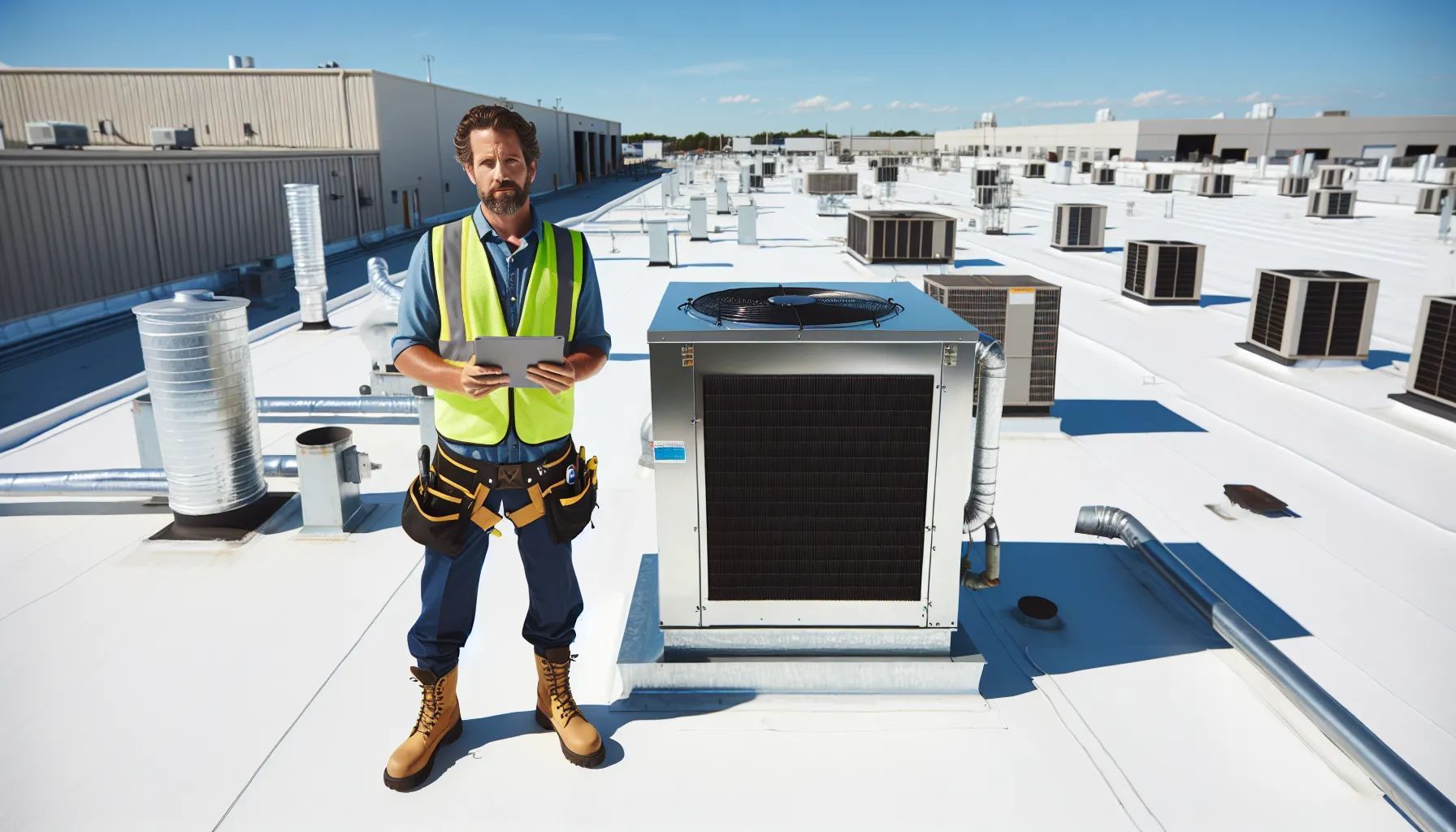
Low slope roofing systems deliver advantages that make them ideal for commercial applications. We've watched building owners realize significant savings while gaining features that steep-slope roofs simply can't match.
Cost-Effectiveness and Installation Efficiency
Installation costs for low slope roofing run lower than steep-slope alternatives for several reasons. The design requires less material to cover the same square footage, and crews can work more efficiently on a gentle slope. We don't need extensive scaffolding or specialized safety equipment that steep roofs demand.
The streamlined installation process means your building gets weatherproofed faster. Time is money in construction, and low slope systems let us complete projects weeks ahead of steep-slope timelines. Material costs also stay lower because manufacturers produce these products in larger volumes, and transportation is simpler when you're not dealing with bulky dimensional materials.
For large commercial buildings, the savings multiply quickly. A 20,000-square-foot warehouse might save $15,000 to $30,000 in installation costs alone compared to a steep-slope system. Those numbers get the attention of budget-conscious building owners.
Accessibility and Maintenance Advantages
One of our favorite features of low slope roofing is how easy it makes maintenance. You can walk across these roofs safely to inspect HVAC units, solar panels, or the membrane itself. Steep roofs require harnesses, special boots, and sometimes even scaffolding just to check on basic systems.
This accessibility translates to lower maintenance costs over the roof's lifetime. Technicians spend less time setting up safety equipment and more time actually fixing problems. We can spot minor issues before they become major leaks, saving you from expensive interior damage.
The gentle slope also makes it practical to install rooftop equipment that would be impossible on steep roofs. Air conditioning units, exhaust fans, and satellite dishes sit securely on low slope surfaces. Some building owners even use their roofs for outdoor break areas or green roof installations, options that simply don't exist with steep pitches.
Popular Low Slope Roofing Materials
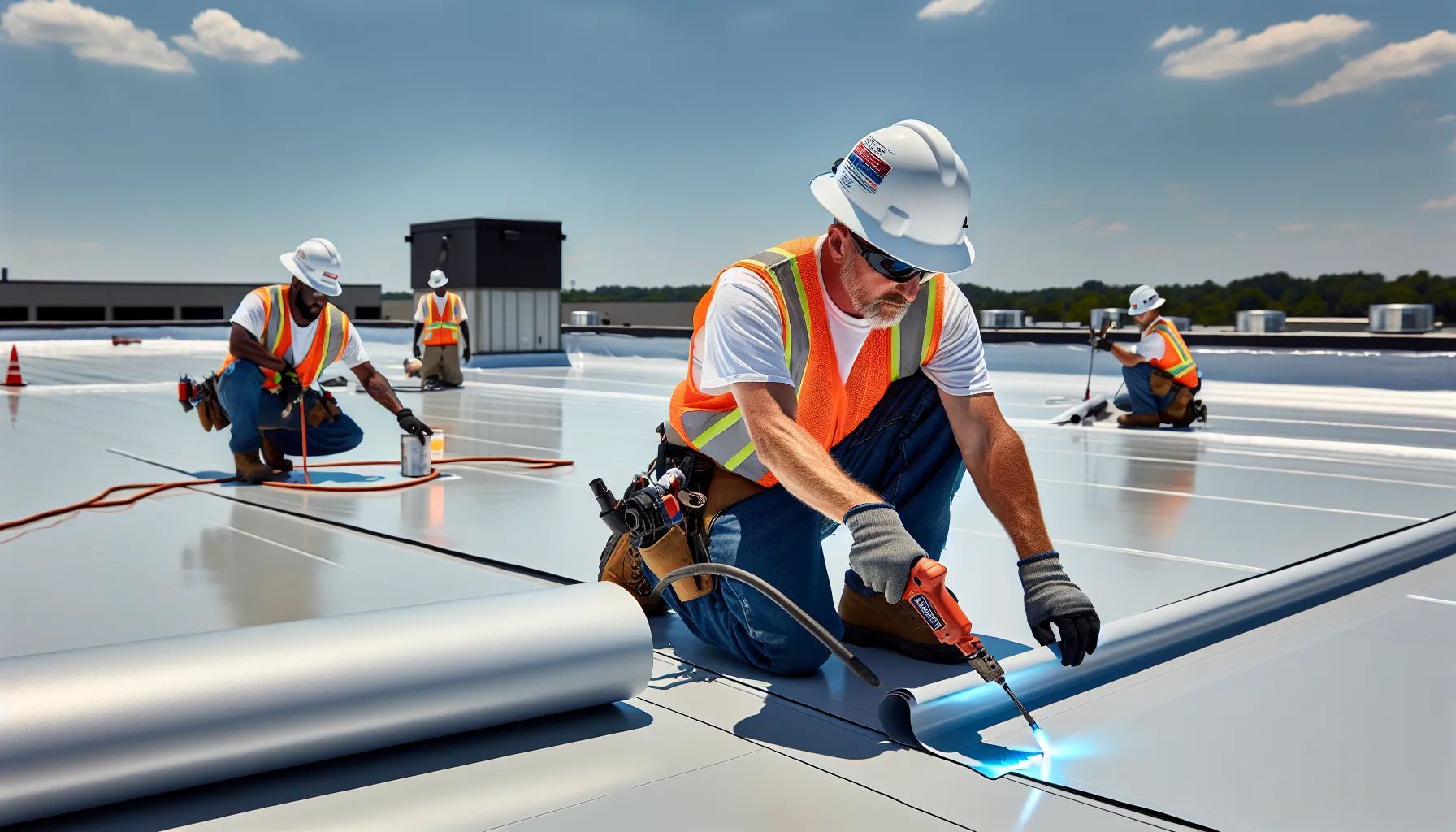
We work with several proven materials for low slope commercial roofing. Each offers distinct characteristics that suit different budgets, climates, and building requirements.
Built-Up Roofing (BUR)
Built-up roofing has protected commercial buildings for over a century. This traditional method layers tar and gravel to create a thick, durable membrane. We install multiple plies of reinforced fabric alternated with hot asphalt or coal tar, then top it with gravel or a mineral cap sheet.
BUR systems excel in durability. The multiple layers provide redundancy, if one layer fails, others continue protecting your building. The gravel surface resists foot traffic well, making BUR a smart choice for roofs with frequent maintenance activity.
The main drawback is installation smell and heat. Melting tar creates odors that can disrupt businesses, so we often schedule BUR installations during off-hours or slow seasons. Weight is another consideration, BUR systems add substantial load to your building structure.
Modified Bitumen
Modified bitumen improves on traditional built-up roofing by adding rubber or plastic polymers to asphalt. This creates a more flexible, durable material that handles temperature changes better than straight asphalt.
We install modified bitumen using torch application, hot asphalt, or cold adhesives. The torch method provides excellent adhesion but requires skilled technicians to avoid fire hazards. Cold-applied versions offer safer installation, though they may cost slightly more.
This material shines in waterproofing performance. The polymer-modified asphalt creates a seamless barrier that resists water penetration. We've seen modified bitumen roofs last 20 years or more with proper maintenance, making them a solid middle-ground option between budget and premium materials.
TPO and PVC Single-Ply Membranes
Thermoplastic polyolefin (TPO) and polyvinyl chloride (PVC) represent modern single-ply roofing technology. These white or light-colored membranes reflect sunlight, reducing cooling costs in hot climates.
TPO has become wildly popular over the past decade. It offers good durability at a lower price point than PVC. We heat-weld the seams to create watertight bonds stronger than the membrane itself. TPO resists mold growth, tears, and punctures reasonably well.
PVC costs more but delivers superior chemical resistance and longer life expectancy. Buildings with restaurant exhaust vents or industrial processes that produce chemical fumes benefit from PVC's resistance to degradation. The material also stays flexible in cold weather better than TPO.
Both materials install relatively quickly. A crew can cover thousands of square feet per day, minimizing disruption to your business operations.
EPDM Rubber Roofing
Ethylene propylene diene monomer (EPDM) rubber roofing has been protecting commercial buildings since the 1960s. This black rubber membrane comes in large sheets that we glue or mechanically attach to the roof deck.
EPDM handles weather extremes remarkably well. It stays flexible in freezing temperatures and resists cracking under intense sun exposure. We've worked on EPDM roofs in climates ranging from Alaska to Arizona, and the material performs consistently.
The black color absorbs heat, which can increase cooling costs in hot climates but actually benefits buildings in colder regions by melting snow faster. EPDM costs less than TPO or PVC initially, making it attractive for budget-conscious projects.
Seam integrity is critical with EPDM. We use tape or liquid adhesives to seal seams, and these connections require careful installation and periodic inspection. When installed correctly, EPDM roofs can last 25 years or longer.
Key Considerations When Choosing a Low Slope Roofing System
Selecting the right low slope roofing system requires more than just picking the cheapest option. We evaluate several factors to match roofing materials with your building's specific needs.
Climate and Weather Conditions
Your local climate should heavily influence material selection. We choose different systems for buildings in Phoenix than we do for facilities in Minneapolis.
In hot, sunny regions, reflective membranes like TPO or PVC reduce cooling costs by bouncing sunlight away from the building. Dark EPDM absorbs heat, which works against your air conditioning system in summer. Some building owners in hot climates save 20% or more on cooling costs by switching from dark to reflective roofing.
Cold climates demand materials that stay flexible when temperatures drop. EPDM and modified bitumen handle freeze-thaw cycles well. PVC also performs admirably in cold weather. We avoid certain TPO formulations in extreme cold because they can become brittle.
Wind exposure matters too. Coastal buildings or structures on open plains need mechanically fastened systems with extra attachment points. Adhesive-only installations might not withstand sustained high winds.
Heavy snow loads require strong roof decks and careful attention to drainage. Water that freezes on your roof adds weight and can cause structural damage. We design drainage systems that move water off the roof quickly, even during winter months.
Building Structure and Load Requirements
Your building's structural capacity determines which roofing systems you can install. Heavy BUR systems might exceed load limits on older structures with lightweight steel framing. We always check engineering specifications before recommending materials.
Rooftop equipment adds complexity to load calculations. HVAC units, solar panels, and satellite dishes concentrate weight in specific areas. The roof system must support these loads plus maintenance personnel who service the equipment.
Some buildings need additional insulation to meet current energy codes. Insulation adds weight but saves money on heating and cooling. We balance insulation value against structural limitations to find the optimal solution.
Roof deck condition affects material selection too. Some membranes require smooth, clean surfaces for proper adhesion. Others can install over existing roofs, saving the cost and hassle of tear-off and disposal. We inspect roof decks carefully to identify any structural issues before installation begins.
Common Challenges and Maintenance Requirements
Low slope roofing systems face specific challenges that require attention throughout their service life. We help building owners address these issues proactively to maximize roof longevity.
Drainage and Ponding Water Issues
Ponding water is the most common problem we see on low slope roofs. Water that remains on the roof for more than 48 hours after rain can degrade roofing materials and lead to leaks.
The issue usually stems from inadequate slope, roof deflection, or clogged drains. Over time, roof decks can sag slightly under load, creating depressions where water collects. We add tapered insulation during reroofing projects to correct drainage problems and direct water toward drains.
Drain maintenance prevents most ponding issues. Leaves, debris, and even bird nests block drains and scuppers. We recommend quarterly drain inspections and cleaning, with additional checks after major storms.
Some buildings have such minimal slope that ponding is almost inevitable. In these cases, we specify materials specifically rated for ponding water resistance, like certain PVC and EPDM formulations. These materials tolerate occasional standing water better than standard products.
Regular Inspection and Preventive Maintenance
We can't overstate the value of regular roof inspections. A trained eye can spot minor problems before they cause interior damage that costs thousands to repair.
We recommend professional inspections twice yearly, once in spring after winter weather and again in fall before harsh weather returns. These inspections should check membrane condition, seam integrity, flashing details, and drainage system function.
Between professional inspections, building maintenance staff should walk the roof monthly. Look for debris accumulation, new cracks or tears, and any changes around rooftop equipment. Remove debris promptly to prevent drain blockages and membrane damage.
Small repairs pay big dividends. A $200 patch today prevents a $5,000 leak repair next year. We keep detailed inspection records for every commercial roof we maintain, tracking problem areas and repair history. This documentation helps predict when major work will be needed and supports warranty claims if issues arise.
Preventive maintenance extends roof life by years. A well-maintained TPO roof might last 25 years, while a neglected one fails in 15. The difference in maintenance costs is minimal compared to the cost of premature replacement.
Installation and Professional Requirements
Proper installation makes the difference between a roof that lasts decades and one that fails prematurely. We've seen expensive materials fail within years due to poor installation, and budget materials exceed expectations when installed correctly.
Low slope roofing requires specialized knowledge. The techniques differ significantly from steep-slope residential roofing. Seam welding, proper adhesive application, and flashing details all require training and experience. We only trust crews who have manufacturer certifications for the specific products they're installing.
Manufacturer warranties typically require certified installers. Many building owners don't realize their warranty is void if uncertified contractors perform the work. We maintain current certifications from all major roofing manufacturers to protect our clients' investments.
Weather conditions during installation affect long-term performance. Most roofing adhesives and sealants require specific temperature and humidity ranges for proper curing. We monitor weather forecasts carefully and adjust schedules to avoid installation during unsuitable conditions.
Quality control during installation catches problems before they're covered up. We conduct seam testing on single-ply membranes and verify proper overlaps on modified bitumen. These steps take extra time but prevent callbacks and warranty issues.
The investment in professional installation pays off through longer roof life, better warranty coverage, and fewer emergency repairs. Cheap installation often becomes expensive when roofs fail prematurely and must be replaced years ahead of schedule.
Conclusion
Low slope commercial roofing delivers practical benefits that make it the preferred choice for most commercial buildings. We've guided you through material options, from time-tested BUR systems to modern single-ply membranes, each with strengths suited to different applications.
The key to success lies in matching materials to your specific situation. Climate, building structure, budget, and maintenance capabilities all factor into the decision. A reflective TPO roof might be perfect for a warehouse in Texas, while modified bitumen could be the better choice for a manufacturing facility in Michigan.
Don't let the lower initial cost of some materials tempt you into ignoring long-term performance. We've seen building owners save a few thousand dollars on installation only to spend tens of thousands on premature replacement. Quality materials and professional installation cost more upfront but deliver better value over the roof's lifetime.
Regular maintenance protects your investment. Schedule those twice-yearly inspections, keep drains clear, and address small problems promptly. These simple steps can add a decade to your roof's service life.
When you're ready to install or replace your commercial roof, work with experienced professionals who understand low slope systems. We bring decades of combined experience to every project, helping building owners make informed decisions that protect their properties and budgets for years to come.
What is the difference between low slope and flat commercial roofing?
Low slope commercial roofing isn't actually flat—it has a pitch of less than 3:12, meaning it rises less than three inches per foot. This slight slope allows proper water drainage while maintaining the benefits of a nearly flat design for commercial buildings.
How long does low slope commercial roofing typically last?
With proper maintenance, low slope roofing systems can last 20-25 years or longer. EPDM and well-maintained TPO roofs often exceed 25 years, while modified bitumen typically lasts 20+ years. Regular inspections and preventive care significantly extend roof lifespan.
What causes ponding water on low slope roofs and how can it be prevented?
Ponding water results from inadequate slope, roof deck deflection, or clogged drains. Prevention includes quarterly drain cleaning, adding tapered insulation during reroofing to improve drainage, and using materials specifically rated for ponding water resistance in problem areas.
Is TPO or PVC better for commercial low slope roofing?
TPO offers good durability at a lower price point and works well for most applications. PVC costs more but provides superior chemical resistance, longer life expectancy, and better cold-weather flexibility, making it ideal for buildings with industrial processes or harsh climates.
How much does low slope commercial roofing installation cost?
Low slope roofing typically costs 15-30% less than steep-slope systems for the same area. A 20,000-square-foot warehouse might save $15,000-$30,000 in installation costs alone. Exact costs depend on material choice, building location, and roof complexity.
Do commercial flat roofs need special maintenance?
Yes, low slope roofs require twice-yearly professional inspections and monthly debris removal. Regular drain cleaning, prompt repairs of minor damage, and detailed documentation of roof condition help prevent costly failures and can extend roof life by up to a decade.

